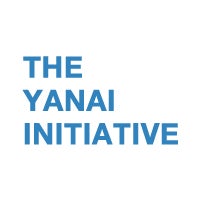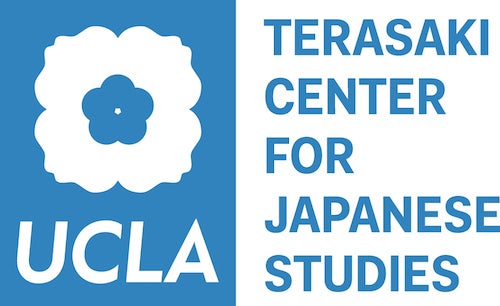Silent Cinema Connections Between Los Angeles and Japan
Since the silent film era, “Hollywood” has been (mis)translated to “seirin” (Holy Wood) in Japan. Such mistranslation implies that Hollywood films had a sacred status among Japanese moviegoers. But the relationship between Hollywood and Japan was not simply that of center-periphery. At the same time, Japanese filmmakers appropriated the stories, themes, techniques and technologies of Hollywood films in a creative manner. Moreover, there was a vital exchange of talents between Los Angeles and Japan, including actors and technicians. Contemporary cinema is now dominated by discourses of globalization and the cultural and economic issues it presents. However, the relationship between Hollywood and Japan during the silent era shows that globalization is not in itself new in the history of cinema, and that cinema has always been at the forefront of transnational culture.
The Archive is especially thrilled to open this series on Friday, April 14 with a screening of Orochi (1925), featuring a live benshi performance by Ichiro Kataoka, the most well-known and celebrated benshi artist of his generation, accompanied by a new score composed by Gabriel Thibaudeau, performed by an ensemble of traditional Japanese instruments led by Kyoko Omori of Hamilton College.
This series was curated by Daisuke Miyao, author of The Aesthetics of Shadow: Lighting and Japanese Cinema (Duke University Press, 2013) and Sessue Hayakawa: Silent Cinema and Transnational Stardom (Duke University Press, 2007). Read an interview on our blog.
Funding for this series was provided by The Tadashi Yanai Initiative for Globalizing Japanese Humanities, the UCLA Terasaki Center for Japanese Studies and the Hugh M. Hefner Classic American Film Program.


Additional funding for this series was provided by The Japan Foundation, Los Angeles.

Special thanks: Daisuke Miyao; Michael Emmerich; Seiji Lippit—UCLA Terasaki Center for Japanese Studies; Hideki Hara, director—Japan Foundation, Los Angeles.






 Mobile Navigation
Mobile Navigation







